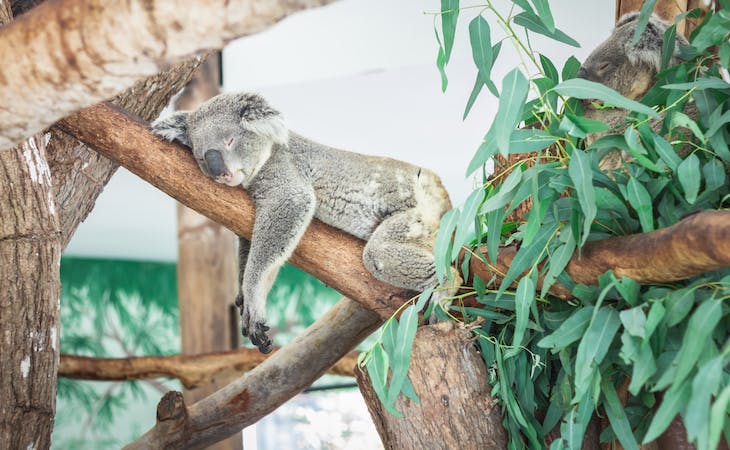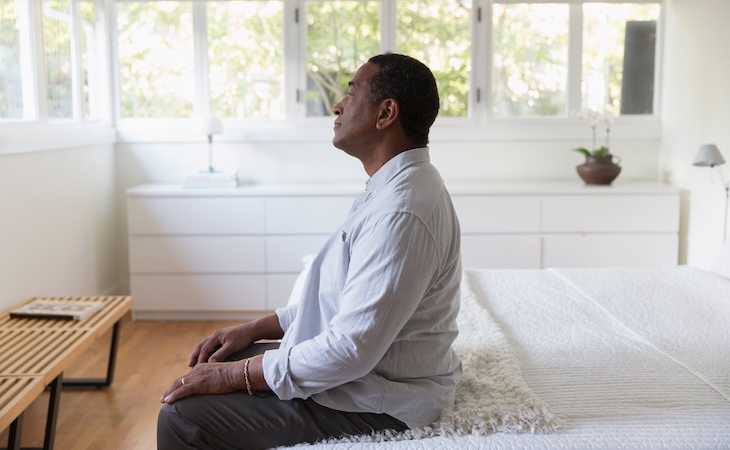When it comes to animal science, sleep is considered one of the biggest mysteries. While researchers have performed many studies on rodents and cats, we’re only just beginning to learn about what happens when dogs drift off.
We’re also still sorting out how to even define what counts as “sleep” in animals like jellyfish and ants. While you may have heard that some creatures like flies, bullfrogs, and fish never sleep, the more we learn, the more it seems that most if not all living things rely on some form of shut-eye to survive.
Here’s what we know so far about the animal kingdom’s master snoozers, its most sleep-deprived members, surprising sleep habits, and more.
Animals that sleep a lot
Some of the smallest and most cuddly mammals are also super-snoozers. What animals sleep the most?
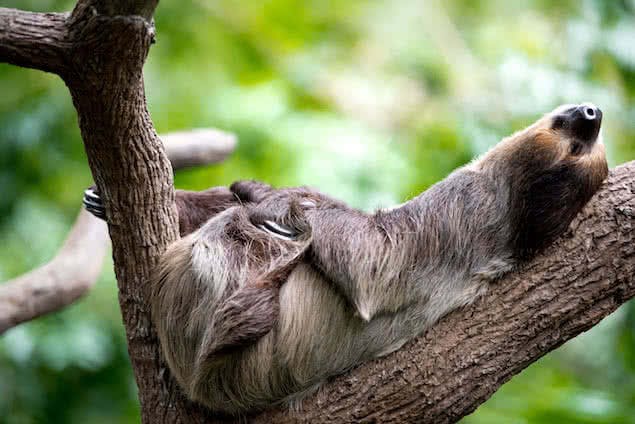
These four animals sleep a lot:
Koalas
Koalas are famous snoozers for good reason: They can sleep up to 22 hours a day, according to the Australian Koala Foundation. These cute marsupials spend most of their lives in snooze town because digesting eucalyptus leaves (which are high in toxins and low in nutrients) takes a lot of energy.
Sloths
One of the biggest sleepers in the world happens to be, you guessed it, the sloth. These lovable, slow-moving creatures sleep upwards of 15 hours a day. When they’re not sleeping, sloths hang out in trees, moving in and out of the shade to regulate their body temperature.
Little brown bats
Maxing out at four inches in length, little brown bats are small but mighty sleepers. They snooze about 19 hours each day to conserve energy—while hanging upside down, of course.
Opossums
For the six hours they’re awake, opossums stay busy climbing trees, knocking over trash cans, and dining on roadkill. But the other 18 hours of the day they dedicate to their beauty rest.
Animals that sleep the least
The lightest sleepers in the animal kingdom include high-flying migratory birds and some of the largest mammals on earth, likely because they had to adapt to stay alert.
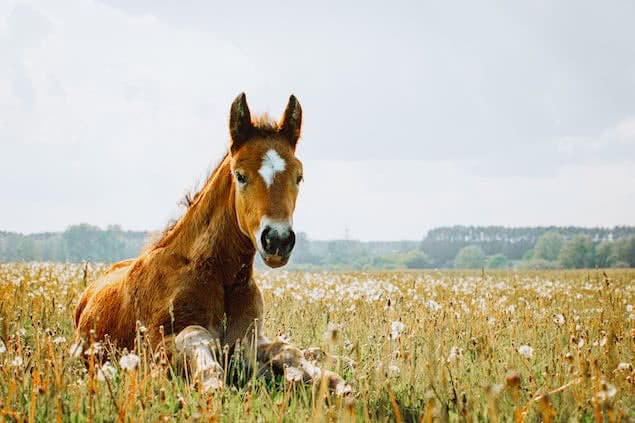
Here are the top four animals that run on impressively few Z’s:
Seabirds
While they soar over the ocean for months on end, large seabirds called Great Frigatebirds only log about 40 minutes of sleep per day—and that’s spread out in 12-second mini-naps.
Elephants
These majestic giants only doze off for about two hours each day, typically while they’re still standing or leaning against a tree or rock for support.
Horses
While horses spend a fair amount of time resting, they only log about three hours of sleep per day.
Giraffes
Like elephants, giraffes often snooze while standing by locking their legs in place for sporadic power naps that are only a few minutes long. All in all, these add up to a mere four and a half hours of sleep per day.
Interesting animal sleep facts
If you thought you or your partner had some weird sleep habits, these animals might have you beat. Here are some of the most intriguing facts about animals’ sleep cycles, schedules, rituals, and dreams.
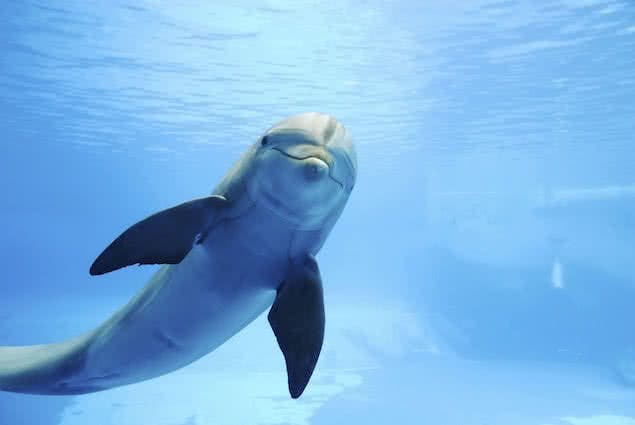
breathing isn’t automatic.
Dolphins only half sleep
Dolphins can’t just fall asleep. If they fully lost consciousness, they’d stop breathing and drown. The fix? Dolphins flick off one half of their brain to sleep” while the other half and the corresponding eye on the opposite side of their body remain alert.
Birds sleep with one eye open
Like dolphins, many birds sleep with one half of their brain so they can get rest and stay on the lookout for predators with just one eye. Even cooler? When ducks sleep in rows, those on the edges keep one eye open, while those in the middle close both eyes for a full night’s rest, per an experiment performed by sleep researchers at Indiana State University.
Snails have one of the strangest known sleep schedules
College students have nothing on the great pond snail. While many animals have pretty set circadian rhythms, these snails’ sleep cycles are all over the place: They take about seven naps in a 13 to 15 hour period and then launch into near-constant activity for the next 30+ hours.
Sea otters wrap themselves up in seaweed beds
If they couldn’t get any more adorable, sea otters sometimes hold paws or twist themselves or their pups up in kelp to avoid drifting away while they’re snoozing. These floating sleep circles are called rafts of otters, and the largest one ever found had about one thousand otters all cuddled up together (awww!).
Octopuses change colors in their sleep
It’s a stunning sight: While octopuses are in rapid eye movement (REM) sleep, the same sleep stage humans have dreams in, their bodies can rapidly flash from one color and pattern to another. More research is needed to understand why this might happen, but since octopuses often use color changes for camouflage during the day, it’s possible they’re having dreams too.
What animal sleep habits can teach us about our own sleep
If you’ve ever had to wake up a crying dog from what seemed like a nightmare or watched your cat’s paws twitch as she napped, you’ve probably wondered just how common animals’ sleep experiences are to ours. As it turns out, mammals all share the same basic sleep cycle, including REM sleep. Studies of animals’ brains could also give us insight into the roots of sleep disorders and potential treatments for humans.
One thing we may never know is exactly what our pets are dreaming about. But for what it’s worth, one Harvard psychologist says it’s likely that animals’ dreams are similar to ours—which means your fur baby could be dreaming of your smiling face.
Looking to learn more about animal sleep? Find out how many hours dogs sleep, what’s with your dog’s odd sleeping positions, why cats sleep so long, and what your cat’s sleeping positions can tell you.

